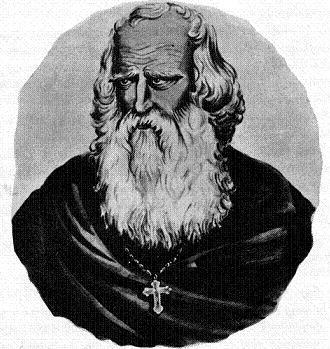- Saint Narses
Infobox Saint
name=Saint Nerses
birth_date=Fourth century
death_date=373
venerated_in=Catholicos of Armenia 
feast_day=N/ASaint Nerses I the Great was an Armenian Catholicos (or
Patriarch ) who lived in the fourth century. He was the father of another catholicos, Saint Sahak I. His father was At'anagenes and his mother was Bambish, the sister of KingTiran . [P'awstos Buzandac'i, "History of Armenia", p. 81]Born of the royal
Gregorid stock, he spent his youth inCaesarea where he married Sanducht, aMamikonian princess. After the death of his wife, he was appointed sword-bearer to KingArshak II . A few years later, having entered the ecclesiastical state, he was electedcatholicos in 353.His patriarchate marks a new era in Armenian history. Till then the Church had been more or less identified with the royal family and the nobles; Nerses brought it into closer connection with the people. At the Council of Ashtishat he promulgated numerous laws on marriage, fast days, and Divine worship. He built schools and hospitals, and sent monks throughout the land to preach the
Gospel .Narses held a synod at Ashtishat that among other things forbade people to marry their first cousin and forbade multilation and other extreme actions in mourning. [Lang, David Marshall. "Armenia: Cradle of Civilization" (Boston: Geoge Allen & Unwin, 1970) p. 160]
Some of these reforms drew upon him the king's displeasure, and he was exiled, supposedly to Edessa. It was probably at some point during the later part of Arshak's reign that Nerses went to
Constantinople to ensure the Emperor's support of Armenia against the Persians. According toP'awstos Buzandac'i 's account theValens became outraged at Narses condemning his following the teachings ofArian and sent Narses into exile. [Pawstos, "Armenia", p. 99] While Narses was in exileXad was the leader of the church in Armenia.Upon the accession of pro-
Arian King Pap (369) he returned to his see. Pap proved a dissolute and unworthy ruler and Nerses forbade him entrance to the church. Under the pretence of seeking a reconciliation, Papes invited Nerses to his table and reportedly poisoned him in 373.ources
Wikimedia Foundation. 2010.
